I spent the summer holidays of year 2017 with a rather enjoyable trip to Spain. But like all good things, holidays have a rather nasty habit of ending.
I’d previously arrived in Spain from Vienna via a Eurowings flight, and the end of my holiday meant that I had to make my way back to Belfast from Spain. While there are many ways to make the trip over to the UK from Spain, I found myself limited in budget – enough to write off any flights on the traditional full service carriers. Instead, I settled on an itinerary cobbled together by cheapflights.com that involved a two-leg journey with a hop from Madrid to London Gatwick on Norwegian, and thereafter a (bog standard) Ryanair flight to Belfast International.
Despite its name, Norwegian (formally Norwegian Air Shuttle) is not the flag carrier of Norway. Instead, it is one of Europe’s major Low Cost Carriers. My experience with LCCs in Europe had previously been dominated by Ryanair and Easyjet, and so I was eager to see how Norwegian compared to the two LCC big boys.
Departure experience from Madrid-Barajas
Madrid Airport comprises 2 separate terminal complexes – the older Terminals 1, 2 and 3, and the newer and architecturally impressive Terminal 4. Transport options to and from the airport typically make separate stops at each complexes, with my inbound Avanzabus from Salamanca making the stop at Terminal 4 first before terminating at Terminals 1, 2 and 3.
Terminal 4 is exclusively used by Iberia, its affiliates, and Oneworld airlines, with all other airlines making use of Terminals 1, 2 and 3 – including Norwegian, based in Terminal 2.
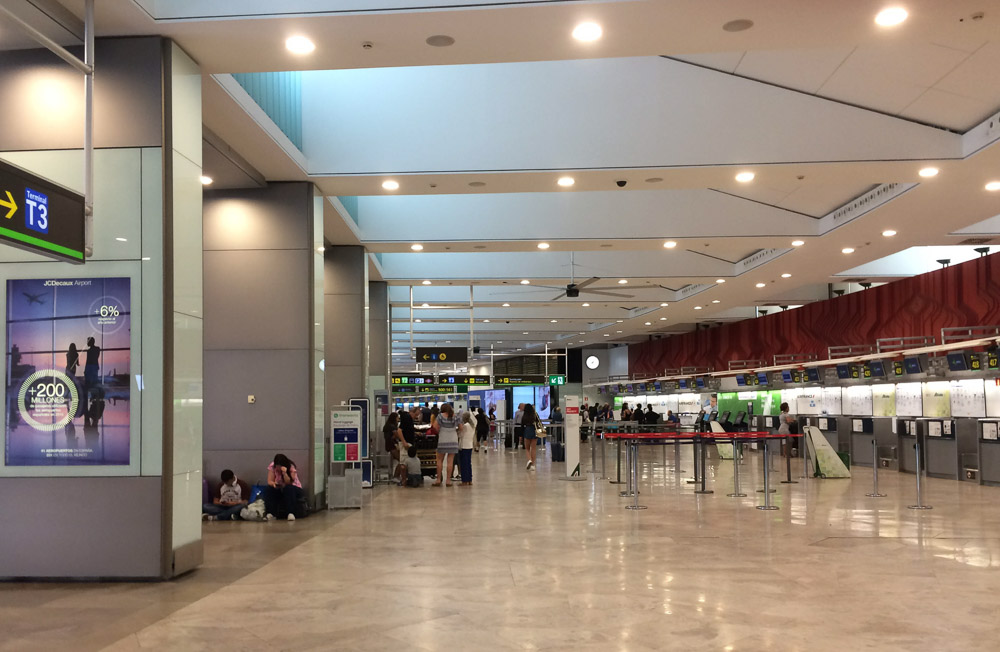
Norwegian offers 10kg of cabin baggage allowance for its cheapest LowFare ticket option. This sets them apart from Ryanair which has now gone down the path of charging extra for anything more than a single personal bag in the cabin. The generosity of the 10kg cabin bag allowance also means that a check in bag is hardly necessary if you’re travelling light.
There’s not much to do in the landside area of Terminals 1, 2 and 3, with the older terminal complex being built before the rise of the mass commercialisation of airport terminals. Though I did come across a rather nice cafe with great views over the tarmac, which was a good way to burn off excess time before heading airside.

The security lines were crowded, accentuated by the low ceilings in the older Terminals 1, 2 and 3. But the lines moved fast enough and I was airside in no time.
One of the quirky things about MAD is that it is also a major destination for Latin American carriers. It was quite nice to catch glimpses of aircraft from that part of the world, seeing as none of them actually fly to Kuala Lumpur.
Our flight boarded from a bus gate, which gave some opportunities to be up close and personal with a couple of wide-bodies parked next door.
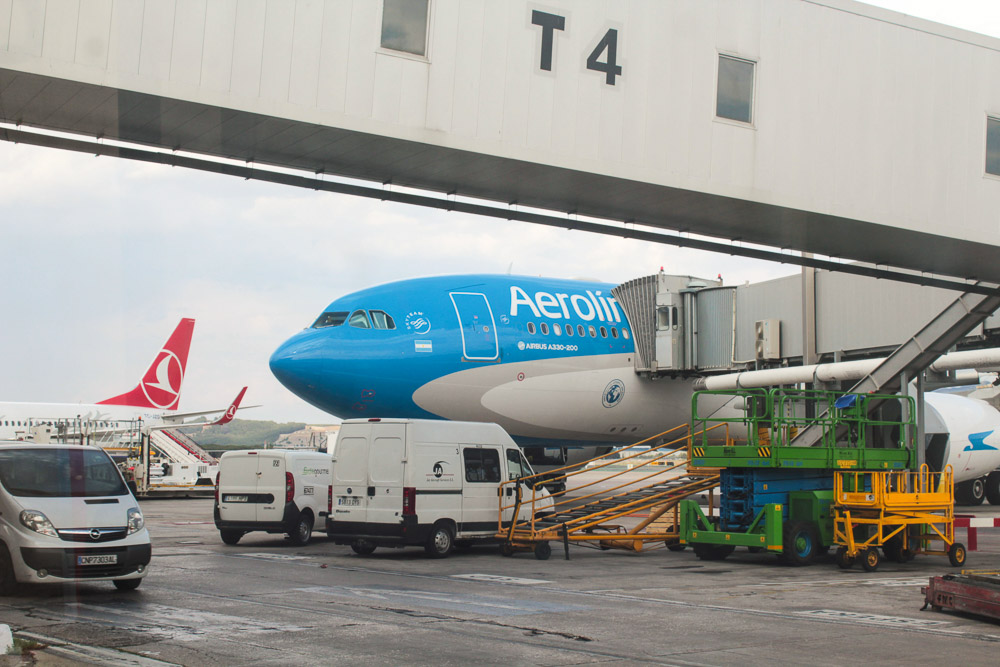
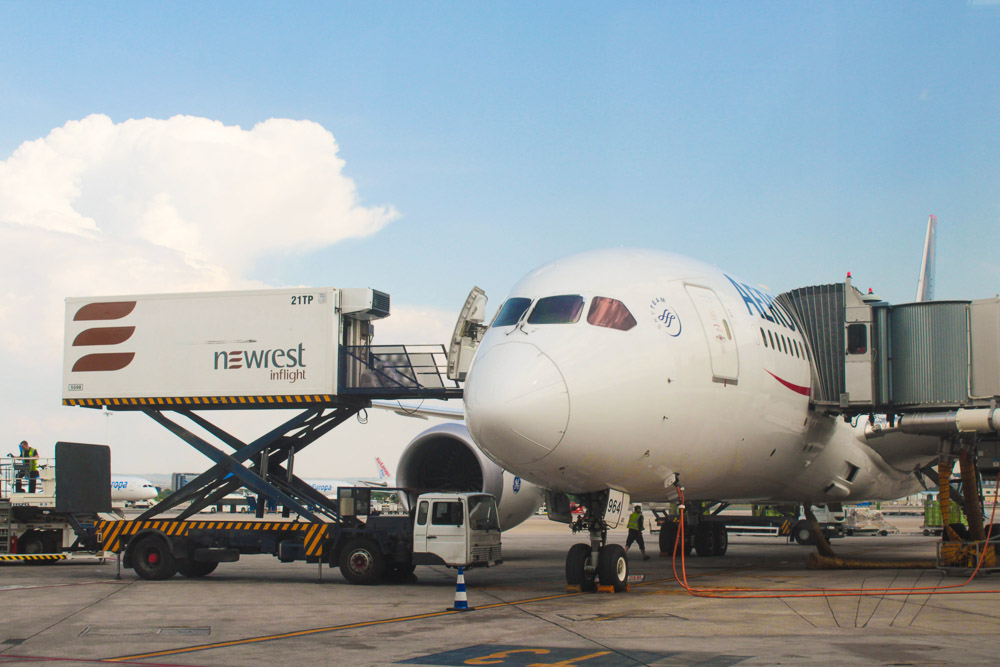
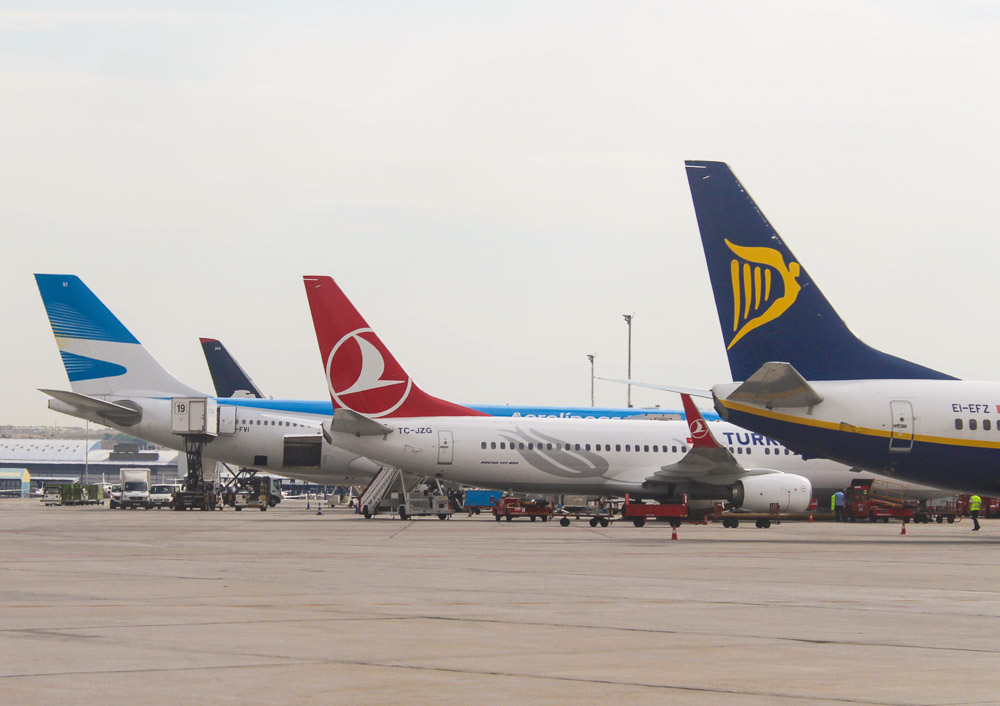
Operating the flight was EI-FJV, a Boeing 737-800 then less than a year old and delivered new to Norwegian in September 2016. Norwegian’s livery is unique for featuring prominent Norwegian personalities on the tail of the aircraft, with our aircraft featuring Gustav Vigeland – one of Norway’s most prominent sculptors.
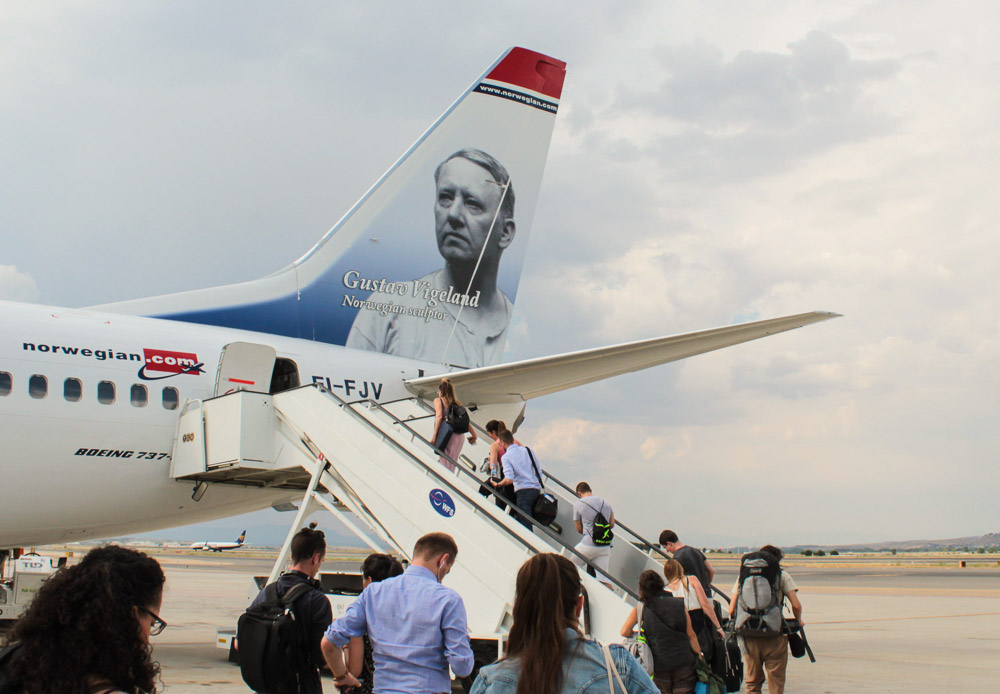
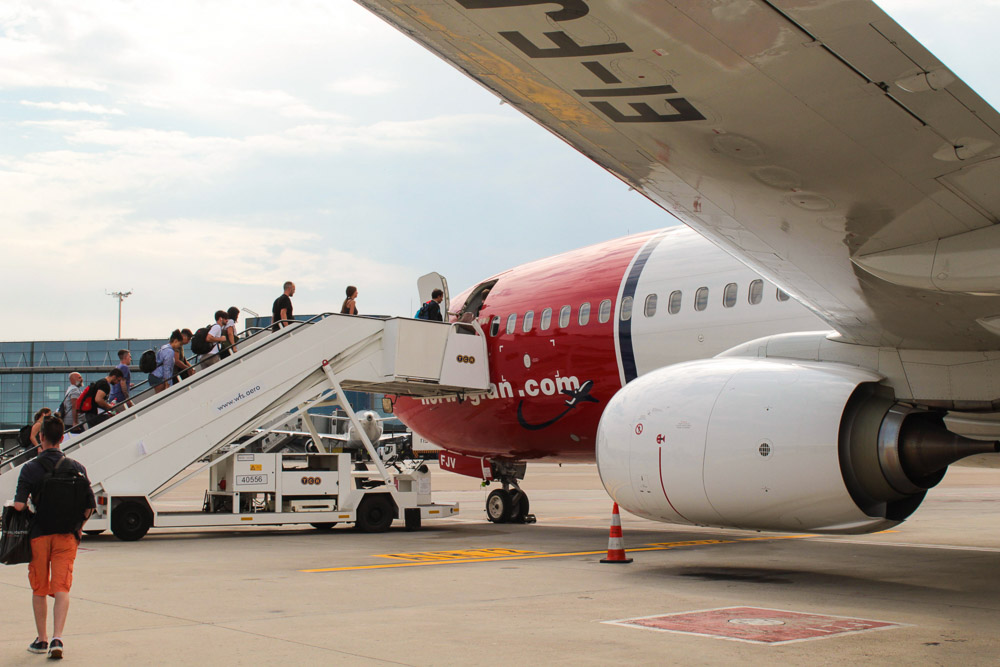
I was lucky enough to be assigned seat 30A upon checking in, and I took full advantage of the window to snap away at the ground scenes at MAD.
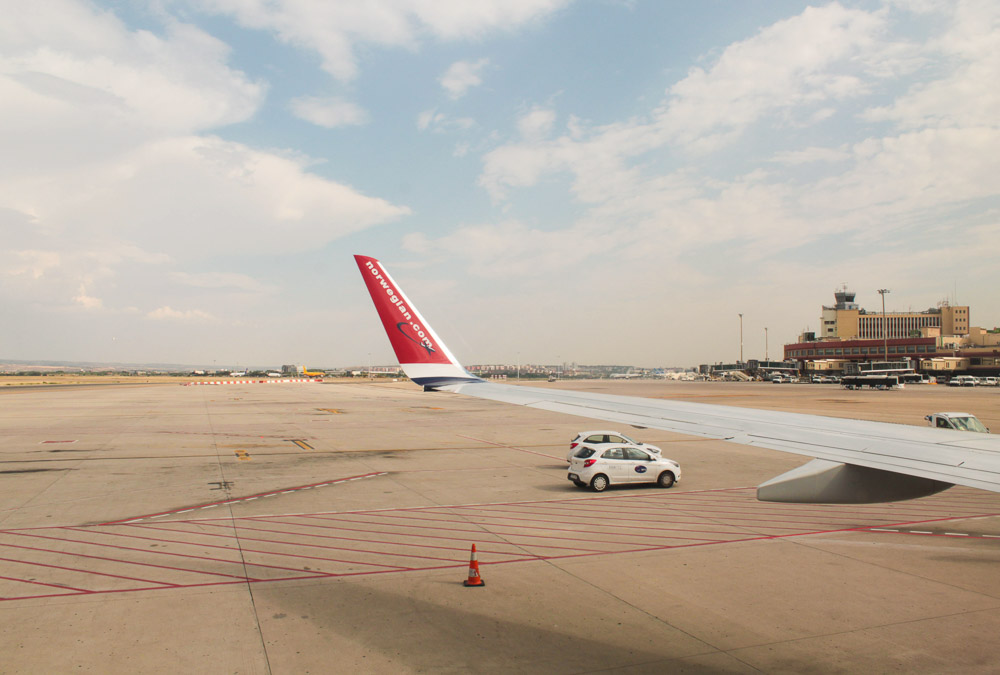
Departures that evening were utilising runway 36R for takeoffs, which gave us a long taxi from one end of the airfield to the other. The scene was made even more dramatic by the incoming storm clouds.
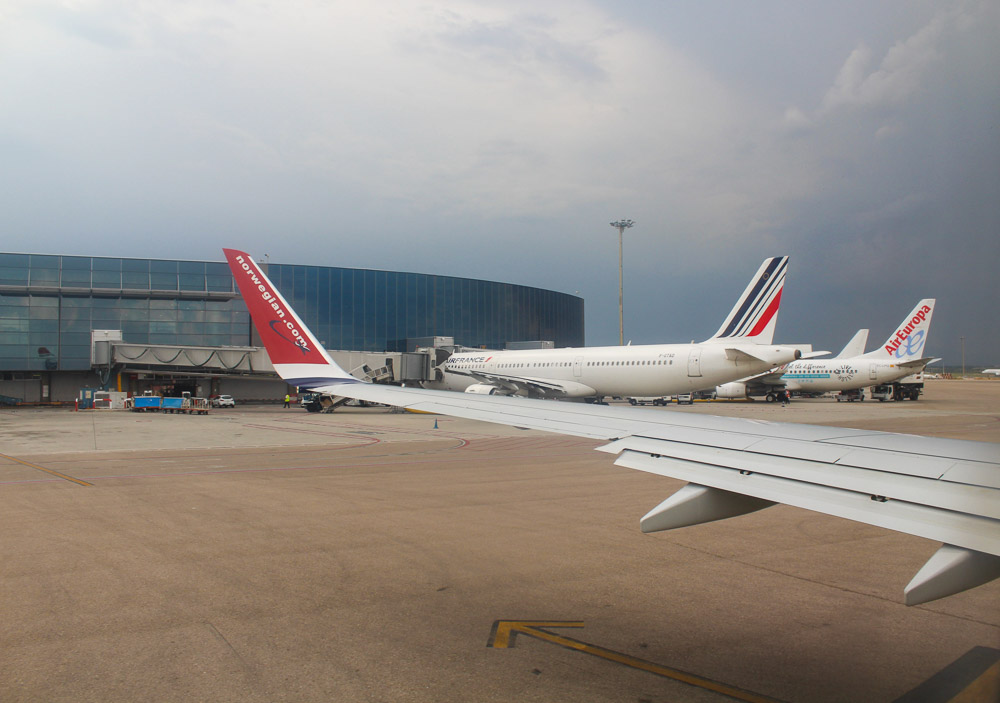
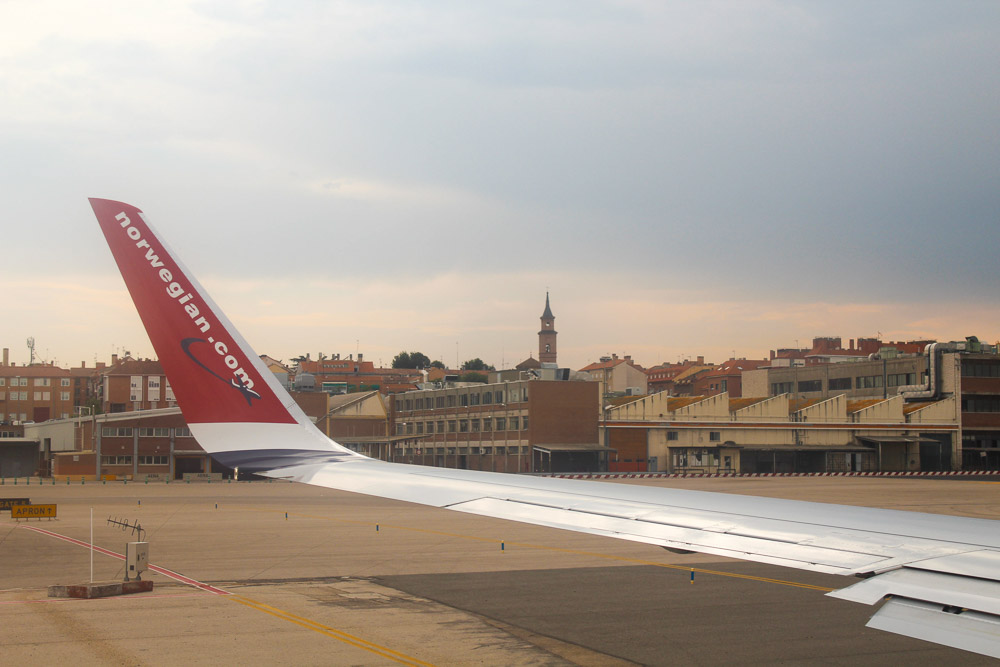
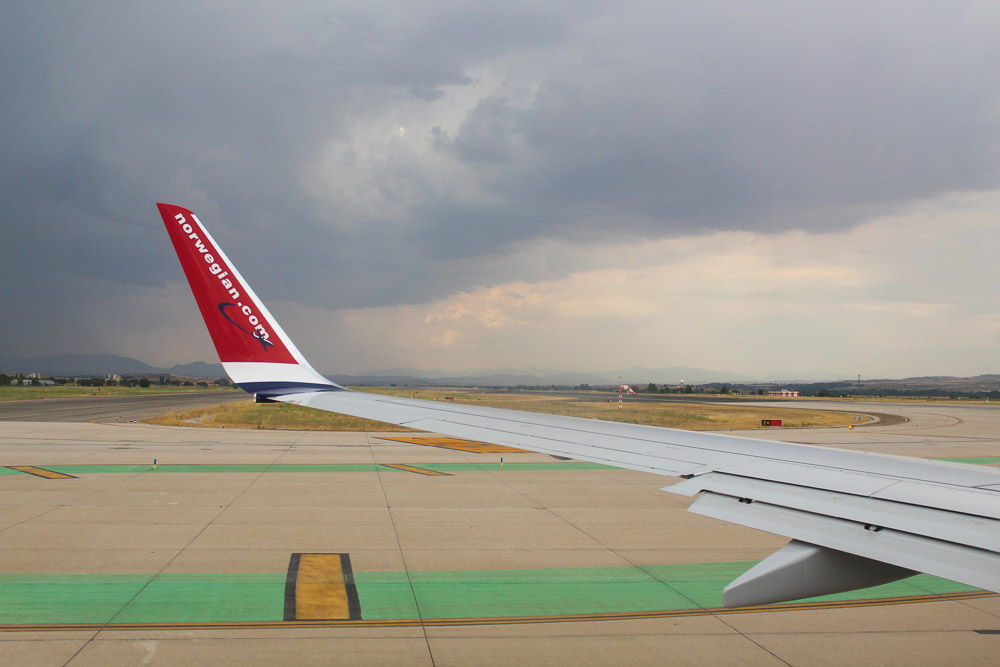
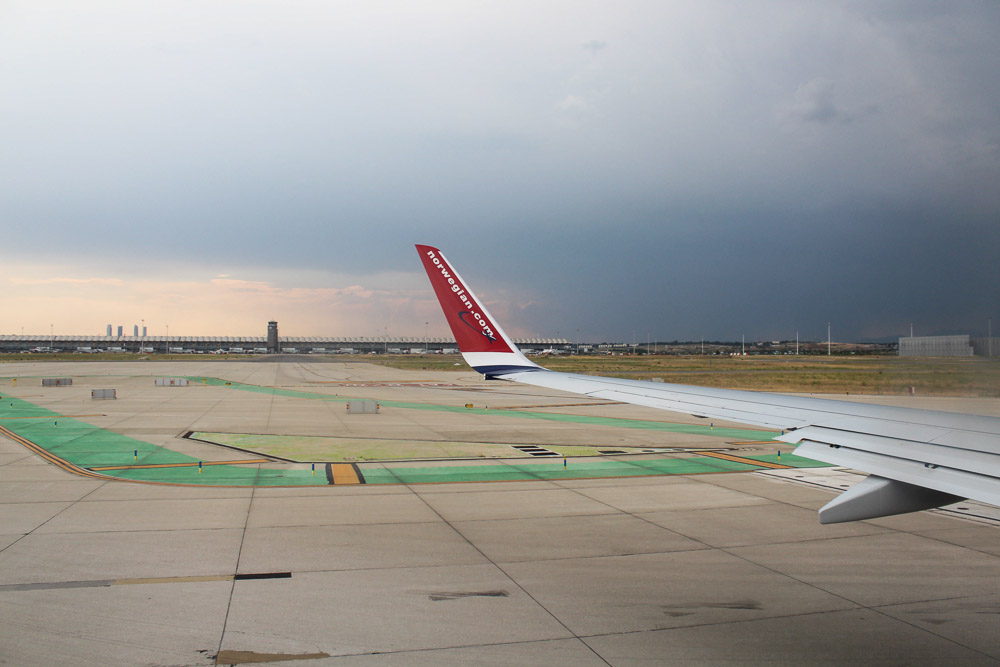
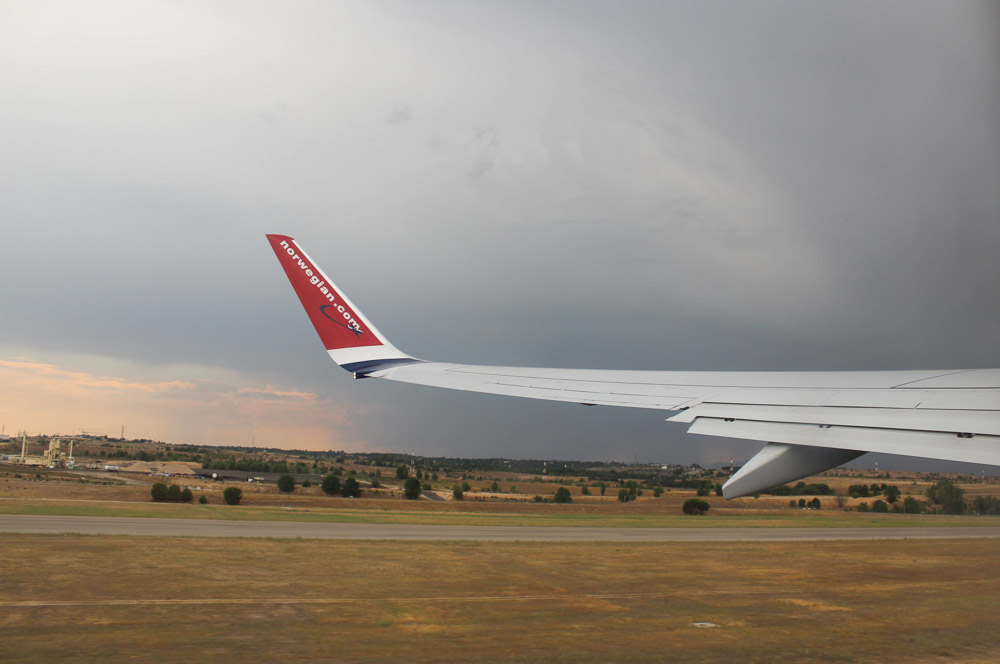
We punched through the storm clouds, and the sunlight flooded the cabin unimpeded.
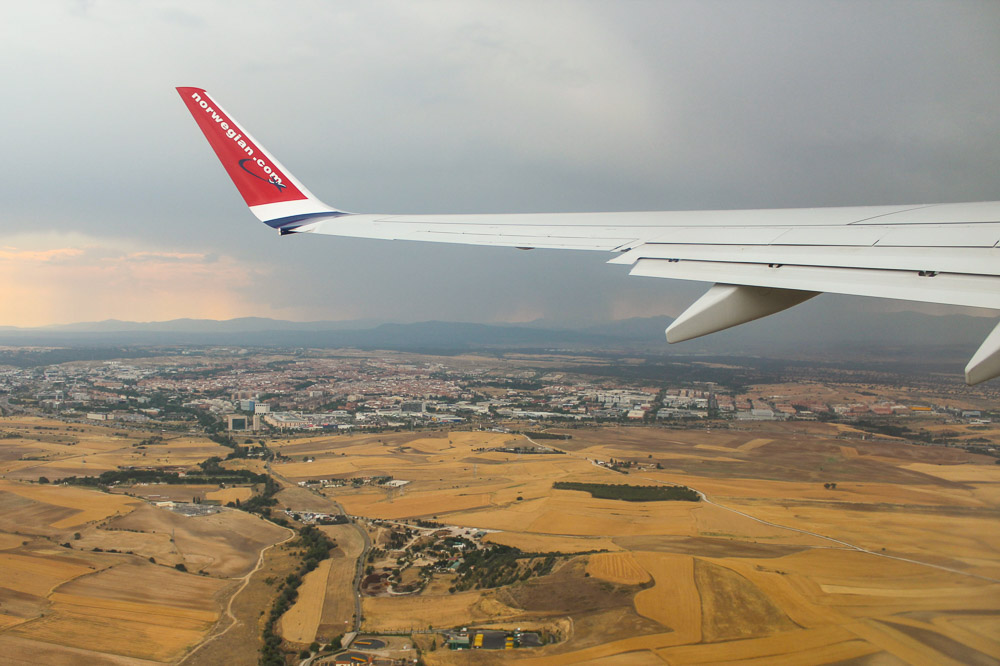
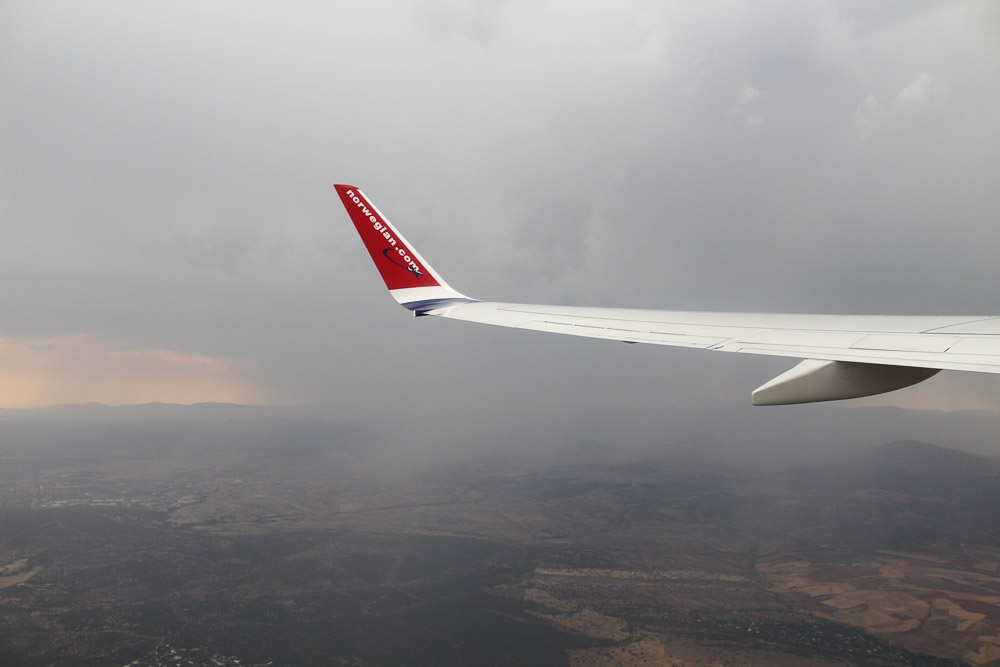
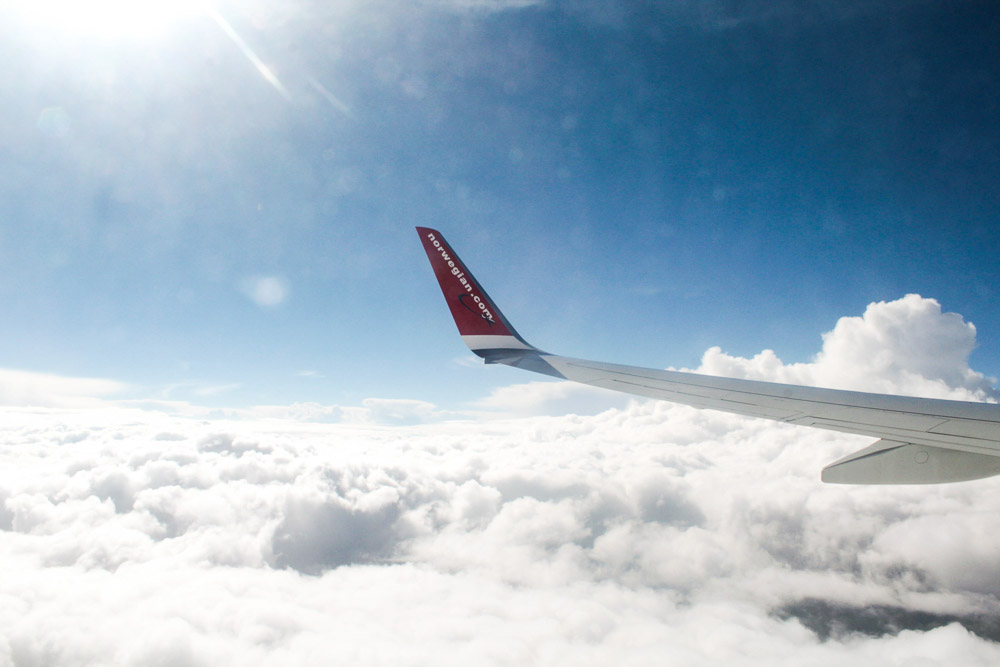
Cabin & Onboard Amenities
Norwegian packs their B737s with 186 seats in an Economy class – only configuration. Seat pitch ranges between 29 inches to 31 inches, which is bog standard for Low Cost Carriers, though the seats with 30 – 31 inches of pitch would put them on par with the average European full service carrier on intra-European routes.
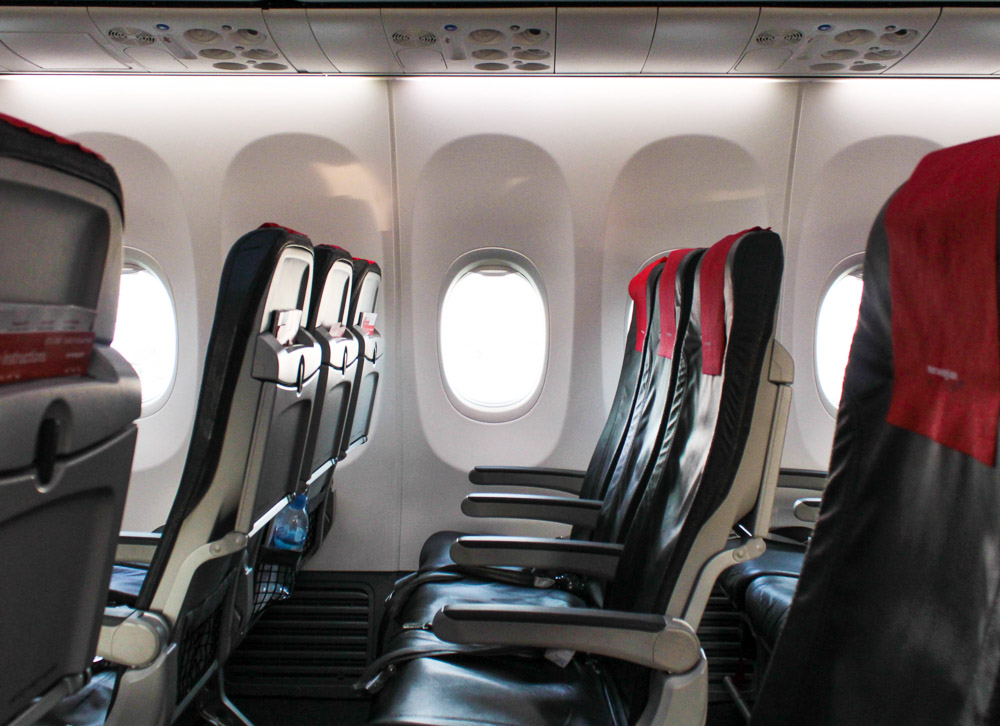
I found Norwegian’s slimline Recaro seats to be slightly more comfortable than Ryanair’s newer (very) slimline seats, as despite Ryanair offering (very) slightly better pitch at 30 inches, Norwegian’s seats have more padding than Ryanair’s new slimline seats. As both airlines’ seats do not recline, the amount of padding in the seat makes or breaks the comfort levels.
I’ve previously had a go with Ryanair’s slimline seats in flights from Bratislava, Manchester, and to Berlin, and those were quite frankly flights that I couldn’t wait to be done with to have a stretch on the ground. It is also worth noting that Norwegian’s Recaro seats are the exact same ones used on various other full service carriers in European Economy, which personally ups my personal impression of Norwegian.
Onboard Amenities – Inflight WiFi
Norwegian also offers onboard WiFi with 3 packages. The base Surf package gives 15 minutes of free WiFi, whereas the latter Stream Limited and Stream Unlimited are paid packages and give WiFi access for 30, 60 minutes, or for the duration of the entire flight respectively. This is actually quite significant as Norwegian has done something not many full service carriers do – free WiFi in Economy, even if only for 15 minutes.
I was also quite pleased to note that Norwegian does not drive its cabin crew to up the onboard sales game with scratch cards and non-stop advertising of onboard items for sale – this is something Ryanair does and can get rather annoying if you’re not in the mood for it. That being said, Norwegian’s hiring policies vis-a-vis its crew have courted controversy in the past, and is something worth reading up about separately.
Like all other LCCs, Norwegian offers a buy-on-board service for snacks and refreshments. As I was still full from lunch, I opted out of it.
Overall, I quite liked Norwegian’s onboard product.
Arrival at London Gatwick
The rest of the flight passed uneventfully and we were soon over the Home Counties in southern England.
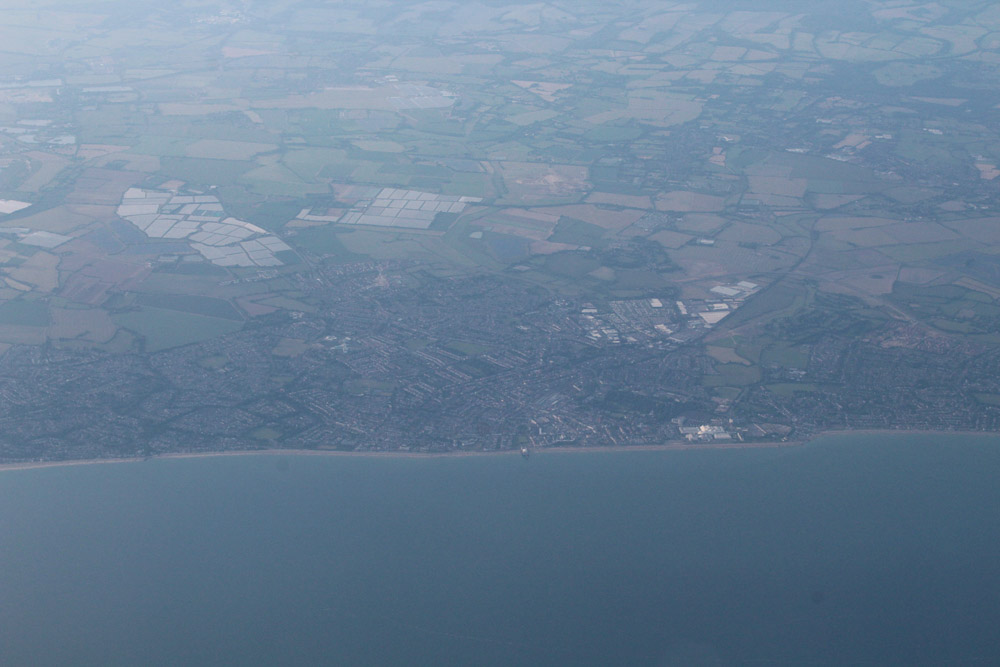
Owing to traffic, we were placed in a short holding pattern above the southern English countryside.
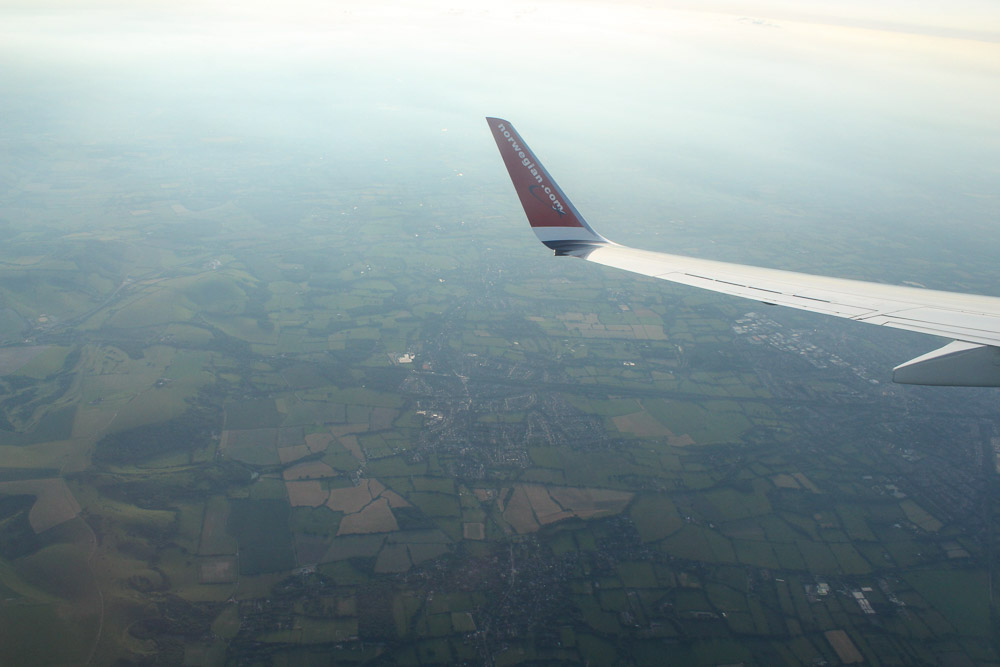
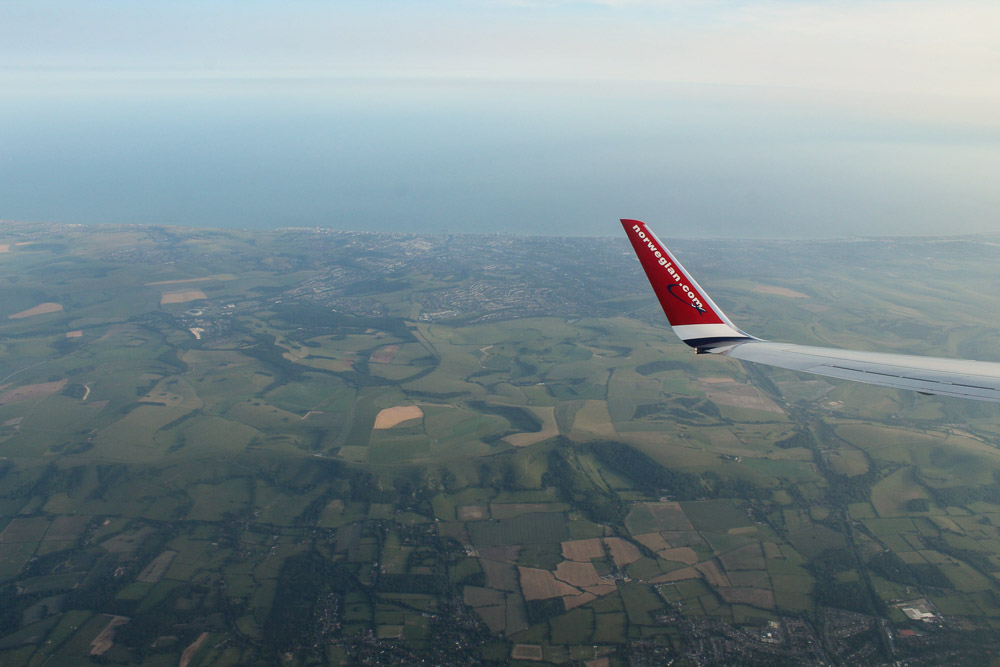
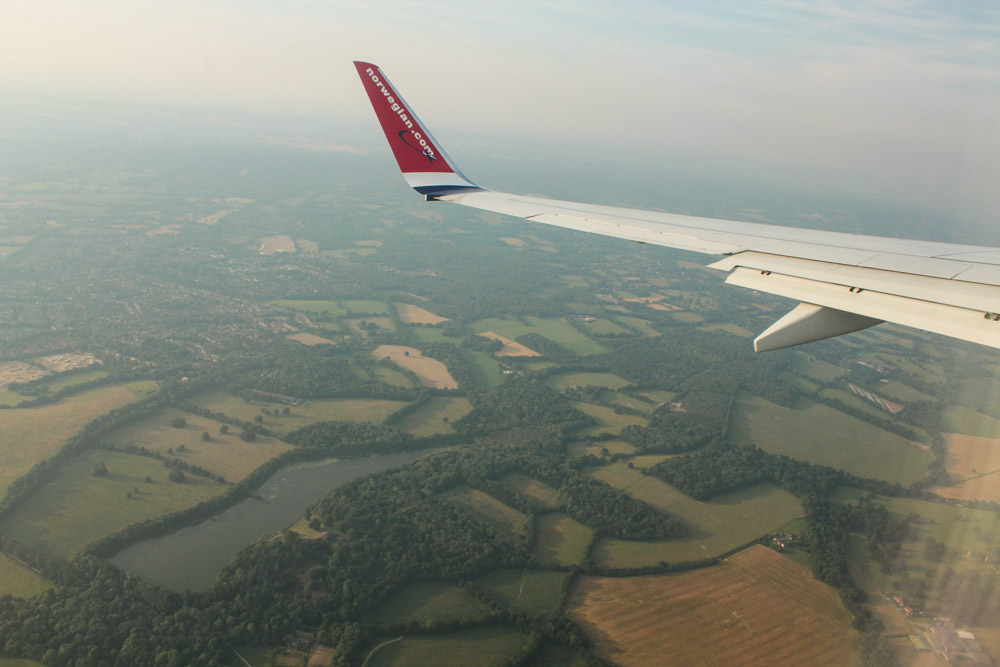
A touchdown on runway 08R later and we were parked at the South Terminal.
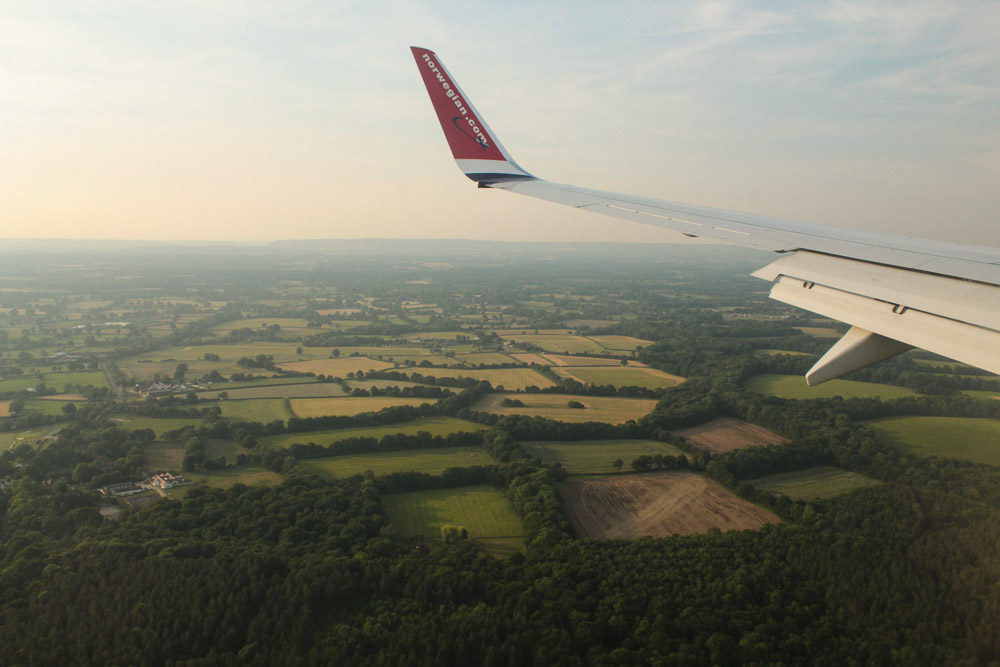
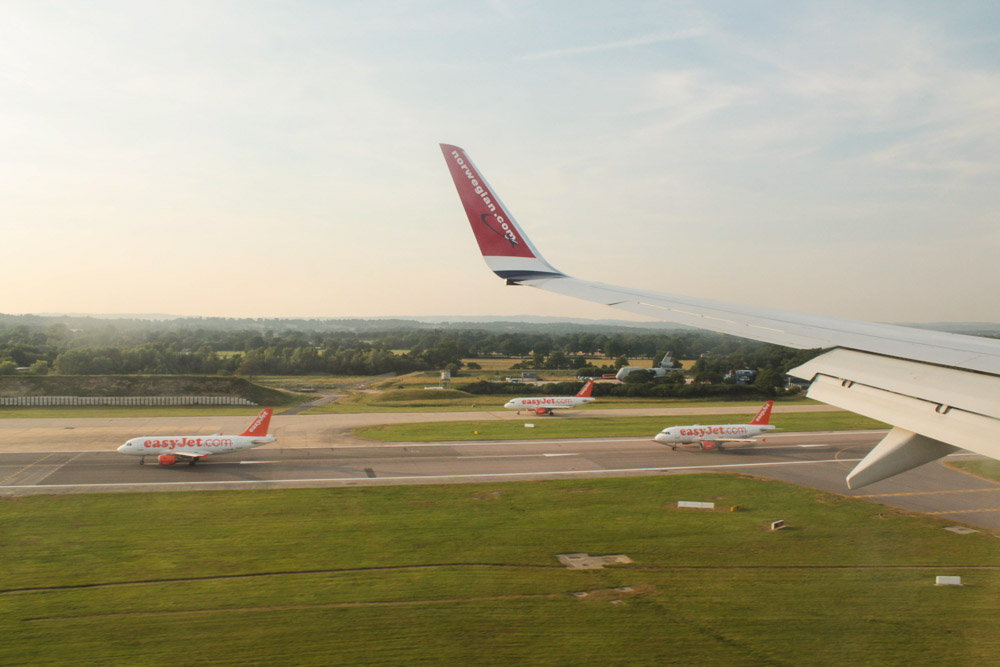
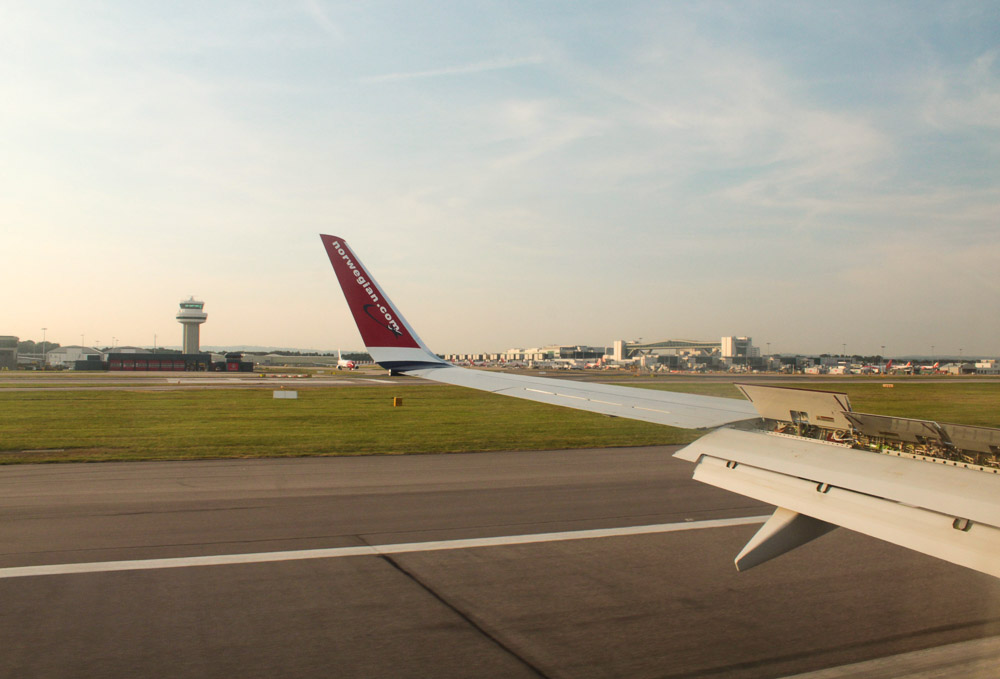
Our aircraft was parked at a stand equipped with a jetbridge, but passengers sat at the rear had the option of disembarking by stairs.
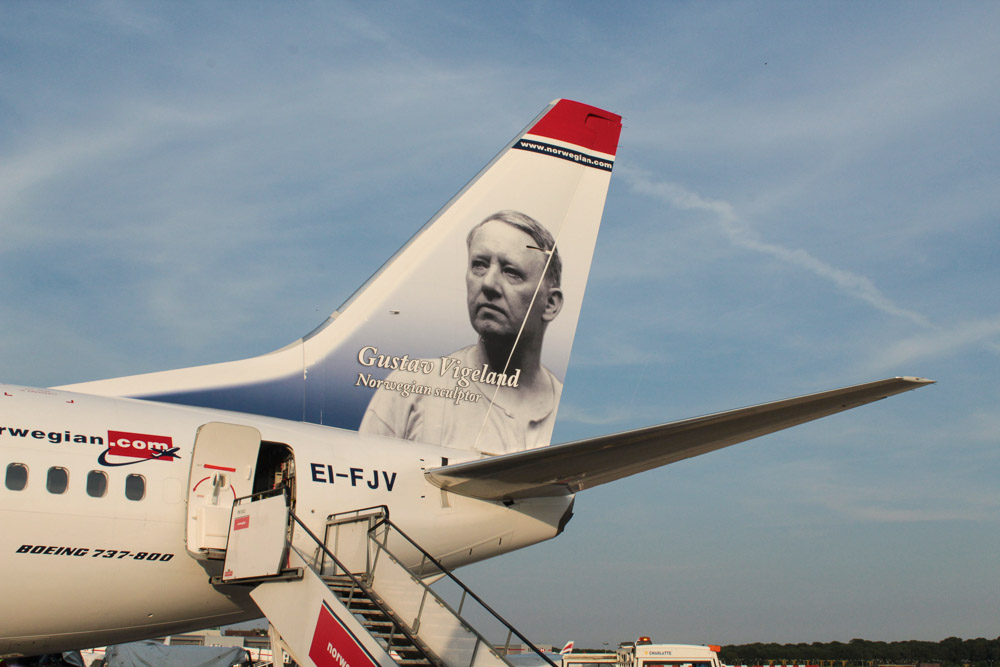
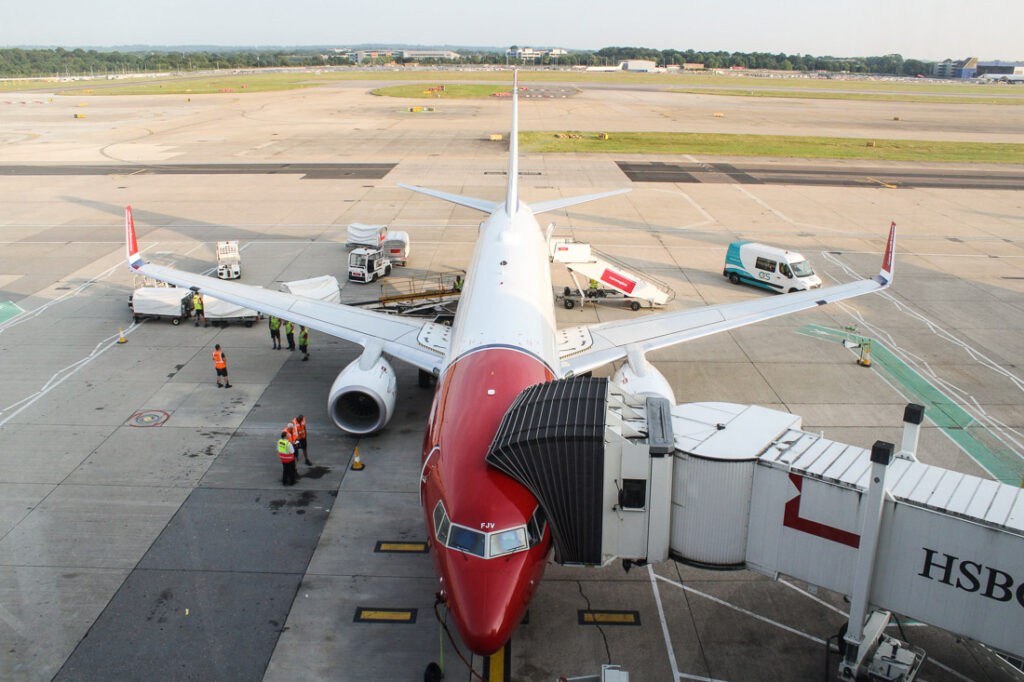
Final Thoughts
Intra-European flights these days aren’t known for having a “ wow” factor in the same way intra-ASEAN/Asia flights do. The European Economy experience on full service carriers too aren’t groundbreaking, and in some cases have devolved into nothing more than a premium branded LCC experience.
That being said, flying full service carriers do offer frills and more value than LCCs, with the ability to earn miles and status on established loyalty programs being something unmatched by LCCs. But if you stripped it down to the basics of ferrying passengers in (basic) comfort, Norwegian does seem capable of matching the hard product at the very least.
I felt Norwegian offered an excellent LCC product, and it was the first time I’d stepped off a European LCC flight feeling impressed. All in all, I’ll certainly be open to flying Norwegian again in the future.
